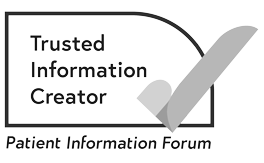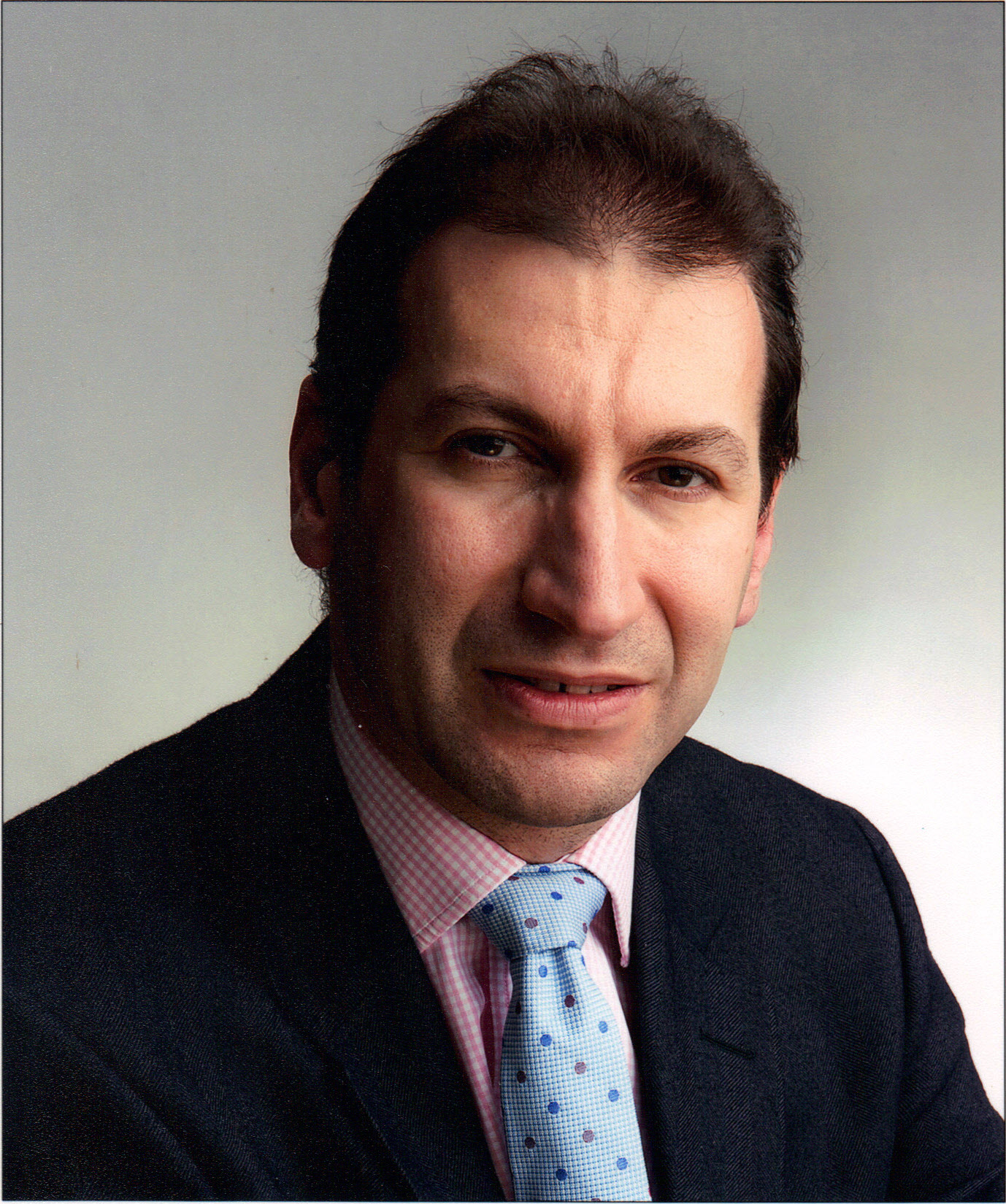Bile duct cancer (cholangiocarcinoma)
What is bile duct cancer?
Bile duct cancer (cholangiocarcinoma) is a rare cancer that starts in the lining of the bile duct.
Bile and the bile ducts
The bile ducts are part of the digestive system. They are tubes that connect the liver and gallbladder to the small bowel. Bile ducts carry bile. Bile is a fluid that is made in the liver. It helps to digest food and break down fats. Bile is stored in the gallbladder until it is needed.
The bile ducts and gallbladder together are called the biliary system or biliary tree.
We have information about cancer that starts in the gallbladder.
The position of the bile ducts
Types of bile duct cancer
There are bile ducts within and outside the liver. Most bile duct cancers start in the lining of the bile ducts.
There are different types of bile duct cancer. They are named after the part of the bile duct where the cancer started.
Intrahepatic bile duct cancers
Intrahepatic bile ducts are the bile ducts in the liver. Intrahepatic bile duct cancers make up 1 to 2 in every 10 bile duct cancers (10 to 20%).
Extrahepatic bile duct cancers
Extrahepatic bile ducts are the bile ducts outside the liver. There are 2 types of extrahepatic bile duct cancer:
- Perihilar bile duct cancers make up 5 in 10 bile duct cancers (50%). They start in the area where the bile ducts leave the liver.
- Distal bile duct cancers make up 3 to 4 in 10 bile duct cancers (30 to 40%). They start lower down, nearer the small bowel.
The bile ducts
Related pages
Symptoms of bile duct cancer
Early bile duct cancer does not usually cause symptoms. Symptoms are usually vague but can include:
- discomfort in the tummy area (abdomen)
- loss of appetite
- tiredness
- feeling generally unwell
- high temperatures (fevers)
- weight loss.
But these symptoms can be caused by many different things.
Symptoms of bile duct cancer may occur if the cancer causes a blockage in the bile duct. This can block the flow of bile between the liver and the bowel. Bile then flows back into the blood and body tissues. This can cause jaundice.
Symptoms of jaundice include:
- yellowing of the skin and eyes
- dark-yellow pee (urine)
- pale, loose poo (stool) that is difficult to flush
- itchy skin.
If you are concerned about any symptoms, it is important to get them checked by your GP.
Causes of bile duct cancer
Doctors do not know the exact causes of bile duct cancer. But there are risk factors that can increase your chance of developing it.
We have information about the causes and risk factors of bile duct cancer.
Diagnosis of bile duct cancer
You usually start by seeing your GP. They will examine you and may do some blood tests. They may arrange some further tests and refer you to a specialist at the hospital.
At the hospital, you may see a liver specialist (hepatologist). Or you may see a doctor who specialises in treating conditions of the stomach and bowel (gastroenterologist).
The doctor will ask you about your symptoms and any previous medical problems. They will also examine you and take blood samples. This is to check:
- your general health
- how well your liver is working.
You might also have some of the following tests.
-
Ultrasound scan
An external ultrasound scan uses sound waves to build up a picture of the bile ducts and surrounding organs.
-
CT scan
A CT scan takes a series of x-rays which build up a three-dimensional (3D) picture of the inside of your body.
-
MRI scan
An MRI scan uses magnetism to build up a detailed picture of areas of your body.
-
MRCP (magnetic resonance cholangiopancreatography)
An MRCP is a type of MRI scan that looks at the bile ducts and nearby organs. Your doctor can tell you more about this test.
-
ERCP (endoscopic retrograde cholangio-pancreatography)
-
EUS (endoscopic ultrasound scan)
An EUS is similar to an ERCP but uses ultrasound. It may also be used to take biopsies.
-
PTC (percutaneous transhepatic cholangiography)
-
Laparoscopy
A laparoscopy is a small operation used to look at the bile ducts and the tissue around them. The surgeon uses a thin tube with a camera on the end, called a laparoscope. They may also take biopsies.
Waiting for test results can be a difficult time, we have information that can help.
Tests on the cancer cells
If possible, the doctors will take a sample of the cancer cells. This is called a biopsy. They may do this during a test such as an ERCP or EUS. A biopsy can help confirm a diagnosis.
The cancer cells can also be tested in a laboratory. This is to see whether there are any changes to certain genes. This is called molecular testing. If the cancer cells have a change in a particular gene, you may be offered a drug that targets this. This is called precision medicine.
You can read more about cancer, genes and cancer treatment in our information about cancer genomics.
The charity AMMF has information about bile duct cancer and molecular testing.
Related pages
Staging and grading of bile duct cancer
The results of your tests help your doctors find out more about the size and position of the cancer and whether it has spread. This is called staging.
A doctor decides the grade of the cancer by how the cancer cells look under the microscope. This gives an idea of how quickly the cancer might grow or spread.
Knowing the stage and grade helps your doctors plan the best treatment for you. We have information about staging and grading for bile duct cancer.
Treatment for bile duct cancer
A team of specialists will meet to discuss the best possible treatment for you. This is called a multidisciplinary team (MDT).
After the MDT meeting, you will usually meet with your specialist doctor and nurse. They will talk to you about your treatment plan. The treatment you have depends on:
- the type of bile duct cancer you have
- the size of the cancer
- whether the cancer has spread to other areas of the body
- your general health
- your preferences.
Your specialist doctor should explain:
- the aim of the treatment – whether it is to cure the cancer or control it
- the benefits of the treatment
- the disadvantages of the treatment – for example, the risks and side effects
- any other treatments that may be available
- what may happen if you do not have the treatment.
Your doctor or cancer specialist or nurse will explain the different treatments and their side effects. They will also talk to you about things to consider when making treatment decisions. Make sure you have a contact number so you know who to call if you have further questions.
Resectable or unresectable tumours
When planning treatment for bile duct cancer, doctors may use the terms resectable and unresectable.
Resectable tumours are ones that doctors think may be possible to remove with surgery. Early-stage cancers (stage 1 or 2) are often resectable. Some stage 3 cancers may also be resectable.
Unresectable tumours cannot be removed with surgery. This might be because the cancer has spread to parts of the body far from the bile ducts. Or it may be because the cancer is affecting structures that cannot be removed – for example, important blood vessels. Unresectable tumours include some stage 3 cancers and stage 4 cancers.
When deciding whether a cancer can be removed safely (is resectable), the doctor needs to consider the position of the cancer and your general health.
Treatment options
Some people may be offered treatment to try to cure the cancer. But this is only possible in a small number of people.
If it is not possible to cure the cancer, you can have treatment to control the growth and help with symptoms. There are different treatments that can be used.
Your cancer doctor or nurse will talk to you about your treatment options:
-
Surgery
Some people can have surgery to remove the cancer. It can be used to try and cure the cancer. Sometimes surgery is used to relieve symptoms caused by the cancer blocking the bowel or bile ducts.
-
Treating a blocked bile duct
Bile duct cancer often blocks the bile ducts. This can cause jaundice (yellowing of the skin and eyes). Doctors usually treat it by putting a tube called a stent into the blocked bile duct.
-
Treating a blocked small bowel
Sometimes a part of the small bowel called the duodenum can get blocked. Usually, the stomach empties into the duodenum. So a blockage can cause sickness (vomiting). Putting a stent into the blockage can help. It allows food to pass through and helps with sickness.
The doctor puts the stent in with a long, flexible tube that has a camera on the end (an endoscope). If a stent cannot be put in, you may be offered an operation to bypass the blockage. The surgeon joins the stomach to the next section of small bowel (the jejunum), avoiding the blocked bit of small bowel. -
Chemotherapy
You usually have chemotherapy after surgery. This is to help reduce the risk of the cancer coming back.
If surgery is not possible, you may be offered chemotherapy to shrink the cancer or slow its growth.
-
Radiotherapy
You may have radiotherapy on its own or with chemotherapy to reduce the risk of cancer coming back after surgery.
Stereotactic ablative radiotherapy (SABR) may be used if the cancer has not spread outside of the liver.
Sometimes radiotherapy is used to treat symptoms caused by bile duct cancer.
-
Targeted therapy
Targeted therapy drugs target something in or around the cancer cell that is helping it grow and survive. They may be used to treat locally advanced or advanced bile duct cancer.
-
Immunotherapy
Immunotherapy drugs use the immune system to find and attack cancer cells. Immunotherapy may be used to treat bile duct cancer that:
- is not suitable for surgery (unresectable)
- has spread to other parts of the body.
You may have some treatments as part of a clinical trial.
After bile duct cancer treatment
Follow-up care
You will have regular check-ups during and after your treatment. Tell your doctor or specialist nurse as soon as possible if you have any problems or notice new symptoms between appointments.
We have information about follow-up care after treatment.
Getting support
You may have lots of different emotions after being diagnosed with cancer. You may get anxious between appointments. This is natural. Everyone has their own way of dealing with illness and the emotions they have. You may find it helpful to talk to family or friends, or to your doctor or nurse.
It is important to know where to get support or information if you need it. To find support:
- ask your GP or someone from your cancer team for advice about support in your area
- find local cancer support services.
- Call the Macmillan Support Line for free on 0808 808 00 00.
- Chat to our specialists online.
- Visit our bile duct cancer forum to talk to people who have been affected by bile duct cancer, share your experience, and your questions.
A UK based charity called AMMF also support people with bile duct cancer.
Our course Help to Overcome Problems Effectively (HOPE) helps people during and after cancer treatment. It is a free, interactive, group-based, self-management support course. It runs for 6 weeks, with each weekly session lasting 2.5 hours.
Well-being and recovery
Even if you already have a healthy lifestyle, you may choose to make some positive lifestyle changes after treatment.
Making small changes such as eating well and keeping active can improve your health and wellbeing and help your body recover.
Related pages
About our information
This information has been written, revised and edited by Macmillan Cancer Support’s Cancer Information Development team. It has been reviewed by expert medical and health professionals and people living with cancer.
-
References
Below is a sample of the sources used in our bile duct cancer information. If you would like more information about the sources we use, please contact us at informationproductionteam@macmillan.org.uk
Vogel, A. et al. Biliary tract cancer: ESMO Clinical Practice Guideline for diagnosis, treatment and follow-up. ESMO Annals of Oncology. 2022. 34,2; 127-140. Available at: pubmed.ncbi.nlm.nih.gov/36372281/ [accessed March 2023]
Lowe, R.C. et al. Clinical manifestations and diagnosis of cholangiocarcinoma. UpToDate 2023. Available at: www.uptodate.com/contents/clinical-manifestations-and-diagnosis-of-cholangiocarcinoma [subscription only, accessed March 2023]
Pemigatinib for treating relapsed or refractory advanced cholangiocarcinoma with FGFR2 fusion or rearrangement 2021. National Institute for Health and Care Excellence (NICE). Available at: www.nice.org.uk/guidance/ta722/resources/pemigatinib-for-treating-relapsed-or-refractory-advanced-cholangiocarcinoma-with-fgfr2-fusion-or-rearrangement-pdf-82611190679749 [accessed March 2023]
Date reviewed

Our cancer information meets the PIF TICK quality mark.
This means it is easy to use, up-to-date and based on the latest evidence. Learn more about how we produce our information.
The language we use
We want everyone affected by cancer to feel our information is written for them.
We want our information to be as clear as possible. To do this, we try to:
- use plain English
- explain medical words
- use short sentences
- use illustrations to explain text
- structure the information clearly
- make sure important points are clear.
We use gender-inclusive language and talk to our readers as ‘you’ so that everyone feels included. Where clinically necessary we use the terms ‘men’ and ‘women’ or ‘male’ and ‘female’. For example, we do so when talking about parts of the body or mentioning statistics or research about who is affected.
You can read more about how we produce our information here.





